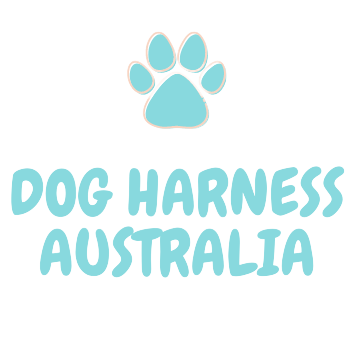We all know how draining stress can be. It can hinder our ability to think straight, it can affect our sleeping patterns, and it can significantly impact our physical, mental and emotional well being.
But dogs experience stress in the same way we do. The environment can cause your pooch to feel uncomfortable or nervous. And as a way to cope and communicate those feelings, dogs exhibit many different body language signals and behaviours.
It can be upsetting to think poor Fido is suffering in silence with their anxieties. But it’s our job as good pet parents to interpret the signals and offer them some form of relief. Here are the 15 most common signs of stress in dogs, as well as a few tips to help your pooch feel happier and calmer.
-
Lip licking
If your dog licks their lips after eating a meal, that’s perfectly normal behaviour and nothing to worry about. But if your dog licks around their nose or mouth excessively, they may be trying to tell you they’re feeling overwhelmed or uncomfortable in the current situation. You may find your dog licks their lips while being petted by an unfamiliar face, or while sat in a crowded environment.
-
Yawning
We often associate yawning with tiredness, but for our furry friends it’s their way of expressing their anxieties. Like us, dogs do yawn when they’re feeling tired or bored. But if they’re in a stressful or hectic environment, your dog may yawn to help them deal with their nervousness. This could be when your dog is sat in the waiting room at the vets, or in a busy dog-friendly café.
-
Panting
Dogs often pant to cool themselves down, but they also pant as a way to relieve stress. If it doesn’t feel overly warm, you’ll have a better clue it’s stress related and not to release heat.
-
Lowered or tucked tail
In general, tails on happy, care-free dogs sit naturally and slightly proud. If your dog is feeling stressed you may notice their tail is lowered or tucked between their legs. A stressed or nervous pooch will lower the tail to communicate they’re worried or anxious about something that has, or is about to happen.
-
Ears pulled back
All dogs’ ears are different, but many naturally point forwards when they’re feeling calm and relaxed. If your dog’s ears are pinned back flat against their head, this shows they’re worried or uneasy in their current environment.
-
Whale eye
Calm and happy dogs have soft and relaxed eyes with an equally relaxed body posture. When a dog shows the whites of their eyes (also known as whale eye), this can indicate your dog is stressed or nervous. If whale eye is combined with a hard stare and a stiff body posture, this is a threatening signal telling you to back off.
How to Help a Stressed Out Dog?
If your dog’s behavior changes suddenly in any way, schedule an appointment with your veterinarian. He or she can rule out any underlying medical issues as well as make recommendations to help lower your dog's stress level. Here are some tips for helping to alleviate anxiety in your dog:
Play/exercise with your dog regularly – Physical activities like a game of fetch or a walk around the block are a great stress reducer for dogs.
Create a safe zone – Set apart an area in your home for your dog to escape high-stress events like thunderstorms and parties. Provide your dog with a favorite "security blanket" such as a toy and visit your dog often. If possible, stay with him until the high-stress event has passed. Your presence is a great reassurance to him or her.
Choose a high quality dog food – Your dog's diet is an integral part of his health and wellbeing. Providing your dog with a diet that is not properly balanced for his or her life stage and lifestyle may cause unforeseen repercussions that may lead to anxiety and stress.

Share and get 15% off!
Simply share this product on one of the following social networks and you will unlock 15% off!